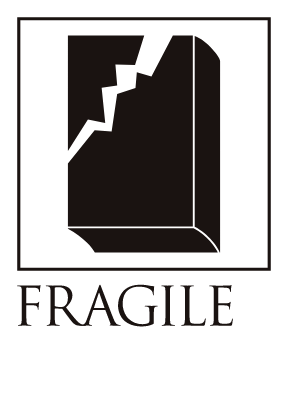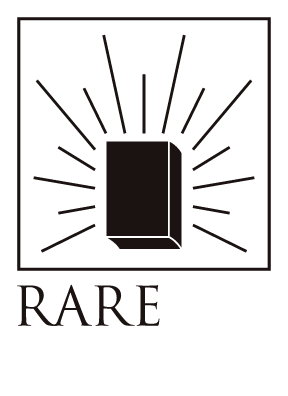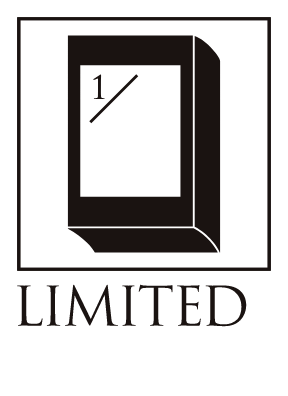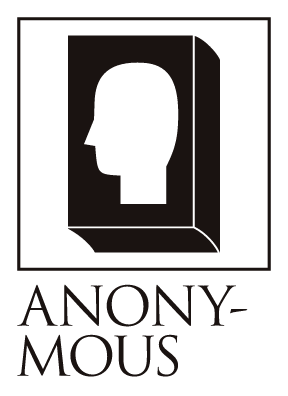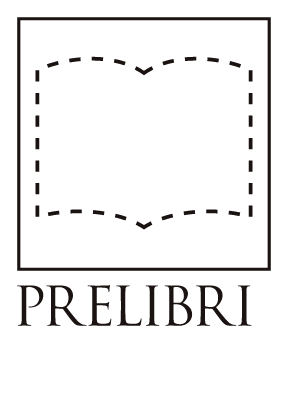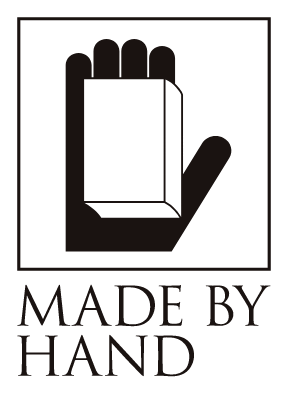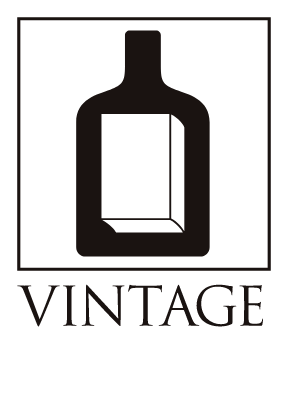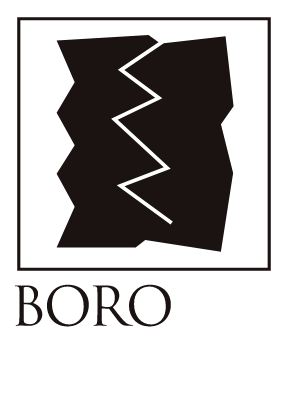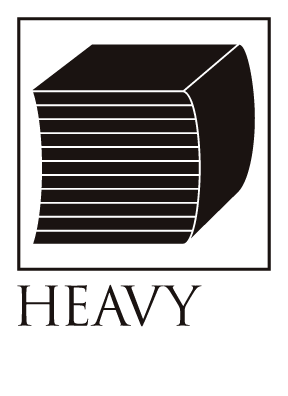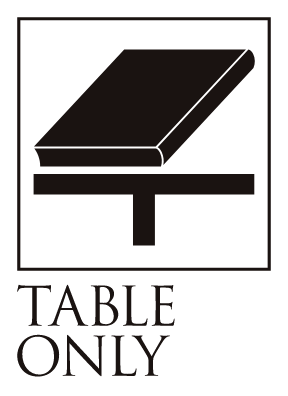Braille book
Bibliographic Details
- Title
- Braille book / 点字本
- Size
- h257 × w183 × d35mm
- Weight
- 480g
- Pages
- 178 p
- Language
- Braille / 点字
This is what “Sukin” means, in human terms: no spots, no freckles, no concealment with makeup, just the way it is. One cannot help but feel the time that this book has passed through until today. Although there are some tanning and staining due to the age of the cover, there is absolutely no foxing, creasing, or distortion. This is evidence that the book has been carefully stored.
I did not know what kind of book it was until I turned the pages, because as far as FRAGILE BOOKS is concerned, the mere appearance of the book was enough to make me think it was a beautiful book. When I rolled up the cover, I realized the meaning of the book's unique lightness and thickness. This book was written in Braille. It looked as if it had been carefully hand-glued one by one. The contents of the book, which are usually made up of straight lines and right angles, are uneven with countless dots, and the entire page has a wavy appearance, but when the cover is bound, it creates an enchanting stillness.
The first page is framed by a series of dots, which may be the title of the book... You can just feel it in the layout. The only difference from printing is that the size of the Braille is standardized. As I rolled up the pages, I found that the non-braille was placed on the top edge of the pages. Since I cannot read the Braille, I do not know what kind of content the book has. I referred to the braille tables of several countries on related websites and tried to read it, but I lost sight of the six-point boundaries in the middle of the book and could not even read the book title, which is truly a state of groping. I am ashamed to say that I will take another opportunity to read about the contents.
The six-point Braille system, which is now the mainstream throughout the world, was invented by a blind Frenchman, Louis Braille (1809-1852), in 1825. The appearance of Braille books is a fairly recent event in the history of the entire written word.
Even before Braille was invented, writing for the visually impaired existed. There had been attempts to use raised letterforms made of wood or paper, or knotted letters that used knots of string to represent letters, but these were unstable, easily complicated, and very difficult to learn. The turning point came in the early 19th century, when Charles Barbier (1767-1841), a former French artillery captain, brought to the School for the Blind in Paris a 12-point Braille system he had devised as a communication code and shorthand for the army. The students were at once fascinated by the fact that they could express letters only by the position and number of dots, and that they could even write them themselves by simply hitting the dots. Among them was Louis Braille. Four years later, in 1829, a manual of the Braille system was published. Louis Braille was only 20 years old at the time.
Today, the six-point Braille system is used in many countries around the world, with UNESCO confirming the number of countries using the system at around 100. Braille was originally created to correspond to the French alphabet invented by Louis Braille, and has been adapted to each language by adapting it to the characteristics of the language of each country.
In recent years, a new experiment has begun: Braille Neue, a project to design a universal typeface that integrates braille and letters, so that people who can see and those who cannot see can use the same tools and share the same information. This is a very revolutionary invention, groundbreaking, and I am sure that this kind of communication that brings us closer to each other is a view that has remained unchanged for thousands of years. Visible and invisible, that is the only difference. We all have the right to read a beautiful story hand in hand.
Louis Braille, known for developing Braille. He lost sight in both eyes at the age of five and was attending a school for the blind when he came across a 12-point cipher called sonography, invented by French soldier Charles Barbier, which led him to invent Braille. Sonography was originally conceived as a way to communicate battle orders in the dark, and based on this cipher, he devised a six-dot Braille code that could be read more easily. In many countries, the word for Braille is called "Braille," after Braille's name, and his legacy is remembered by the visually impaired around the world, as his birthday, January 4, was designated World Braille Day in 2000 by the World Blind Union.
